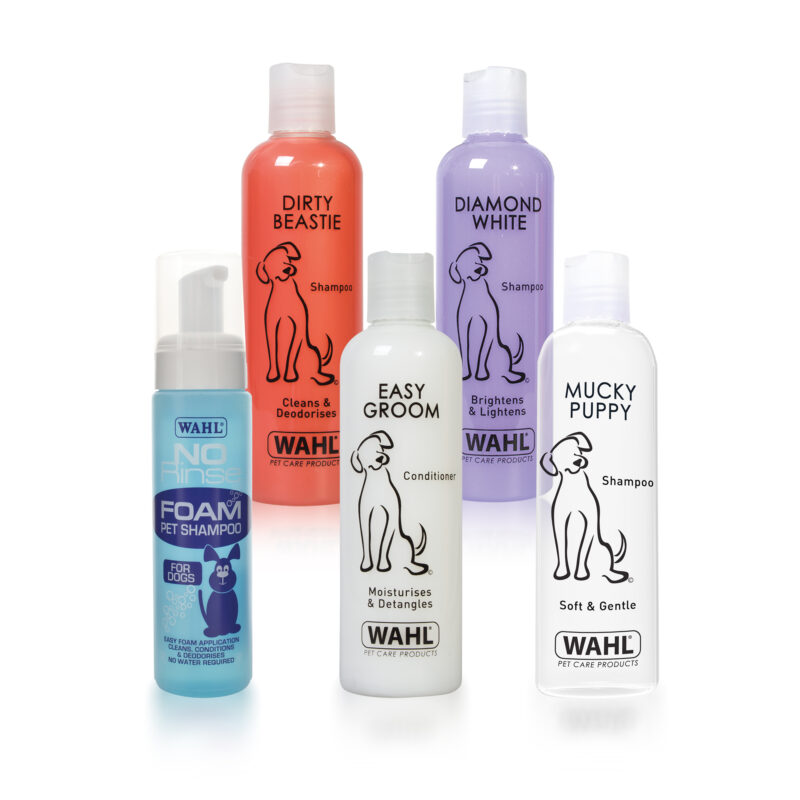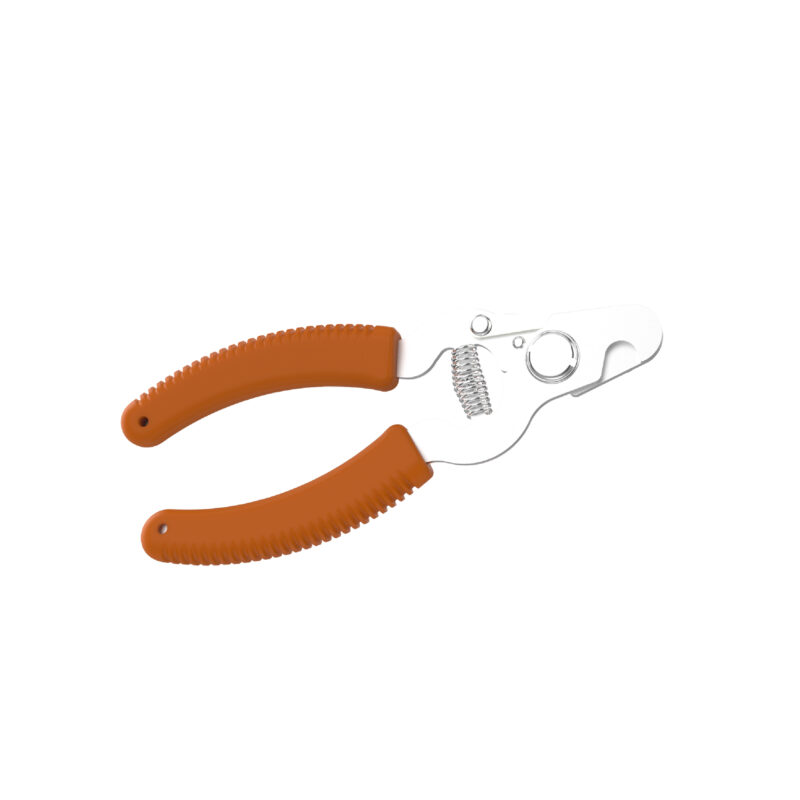Home / Product Guides /
DOG GROOMING GUIDE: CURLY COATS
Guide to grooming curly coats
This coat type can be quite difficult to manage at home and will invariably require some routine clipping and trimming to maintain the coat and reduce mats and tangles. The coat will require brushing every day to remove loose hair and dirt.
Example breeds: Bichon Frise, Curly Coated Retriever, American Water Spaniel and Poodle.
Overview
Your dog will benefit from brushing as it will help regulate body temperature and reduce itching as you remove dead hair and distribute natural oils. Regular brushing will help you bond with your pet as well as getting to know their skin better, which means you’ll find any parasites and skin conditions sooner rather than later.
Tips:
- You can work from the tail to head or the head to tail, as long as you ensure you brush all the hair, not just the top coat.
- One popular technique is to brush backward against the lay of the fur, then brush it back into place. This loosens and removes dead hair and stimulates the skin.
- Take care when brushing over joints or sensitive areas and reduce any downward pressure.
- When brushing areas without much coat use a soft brush to avoid injury.
Why Brush Curly Coats?
The soft, tight curls which are typical of these breeds feature a top coat and a very dense undercoat, which need daily brushing with a slicker.
Recommended For Curly Coats:
1. Using a soft Slicker Brush, gently brush against the direction of the hair growth.
2. The tummy, ears and between the legs can be very sensitive and will tangle easily so ensure that these areas are brushed through carefully every day. Be gentle when grooming this area as knots can be painful for the animal.
3. Once finished with the slicker then a medium-tooth comb should be used to ensure no tangles or mats remain.
4. It is essential to remove these knots on a regular basis to reduce the chances of large mats forming and causing increased problems.
5. If you encounter knots that will not brush out without causing discomfort to the dog, it may be necessary to comb the coat through with a Dematter Comb.
6. Always ensure the coat is combed through before finishing to remove any loose and dead hair.

Bathing
Overview
Determine whether your dog does need a bath, this often depends on the lifestyle of the dog. The most common reasons for bathing include removing dirt and mud from the coat or improving the smell of the dog. However, be aware that no dog should be bathed too frequently as this will remove the natural oils, making the coat dry and sometimes leading to irritation. For most dogs, regular brushing will keep the coat and skin in good condition and eliminate the need for frequent baths.
Tips:
- If your dog does need a bath, ensure you brush first to remove dead hair.
- Wet your dog, wash with dog shampoo, being careful to avoid eyes, ears, nose and mouth.
- Use a washcloth on face and around eyes.
- Rinse well.
Recommended for Curly Coats:
- Use a Shampoo that’s right for the colour and skin type of your dog.
- Some benefit can be gained from regular use of a Detangling Spray.

Nail Care
Overview
Regardless of breed, all dogs have claws which grow constantly and may, at times need some attention to prevent discomfort or injury. If your dog has an active lifestyle their claws will usually naturally wear down as he walks on hard surfaces. Problem claws therefore tend to be an issue more in older dogs that exercise less, or dogs which spend more time on soft surfaces.
It is possible to clip your dog’s nails at home. If you are unsure or need help it is worth speaking with your local veterinary nurse or groomer, who will be able to offer simple advice and guidance.

Clipping & Trimming
Overview
There are very few dogs that will not benefit from a little trimming at some time in their lives. However, trimmers are limited in their capability and should not be confused with a clipper. For dogs that regularly attend a dog groomer, there may be opportunities for interim trimming to maintain areas such as face, chin, ears and feet between regular grooming parlour visits. Trimmers can also be useful when removing small mats from the coat.
Recommended for Curly Coats:
This coat type can be quite difficult to manage at home and will invariably require some routine clipping and trimming to maintain the coat and reduce mats and tangles. It may be necessary to seek help and advice from a professional groomer or breeder before attempting to clip these coat types at home. However, general tidying and clipping between groomer visits may be beneficial in maintaining the health and well-being of your dog.
- Fluff up the coat using a slicker brush and begin clipping from the base of the skull. Turn on the clippers and move them through the coat following the lie of the hair. Do not clip against the coat as this will leave a much closer clip and may cause a skin reaction.
- You will need a powerful clipper, such as our KMSS Dog Clipper, to get through a thick, curly coat.
- Work through the coat from front to back, clipping away from the eyes and nose. Wahl recommends a smaller trimmer, if you wish to clip any areas around the face.
Watch our clipping tutorial here.
